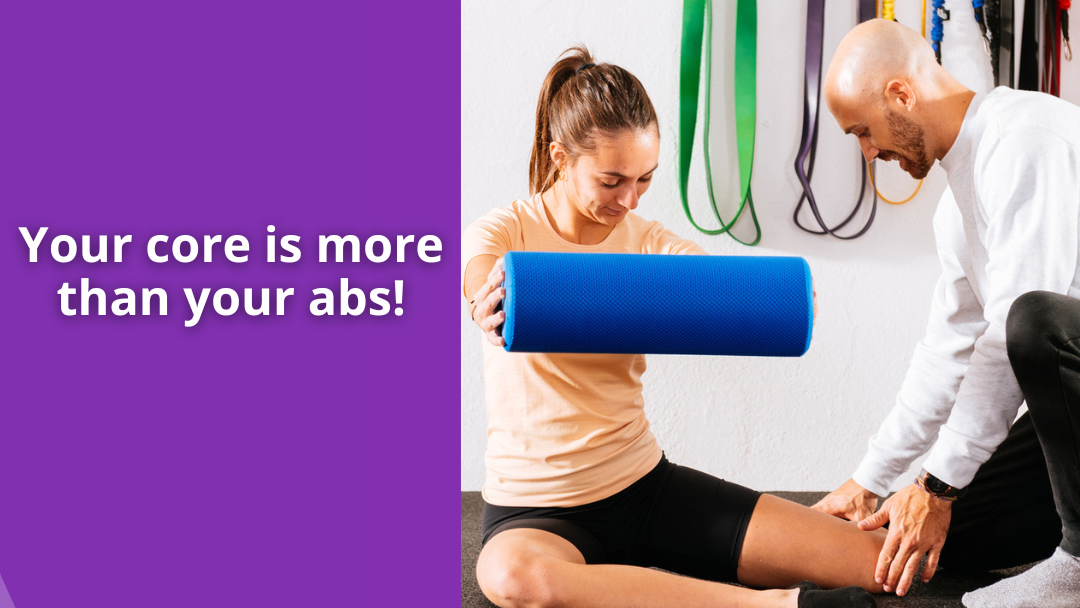Debunking the Posture Myth: Why Pain-Free Movement Matters More Than Sitting Straight
For decades, gym goers and regular folks alike have been bombarded with messages about the importance of maintaining "good posture." Standing tall, shoulders back, and core engaged – this was the supposed recipe for a healthy spine and freedom from back pain. But a new wave of research suggests this conventional wisdom may be misguided.
This article explores the latest findings in physiotherapy that challenge the long-held belief that posture is the key to back health. We'll debunk the myth of the "perfect posture" and explore why focusing on pain-free movement might be a more effective strategy.
The Skeptical Physiotherapist
Professor Peter O'Sullivan, a respected figure in pain science, started questioning the posture-pain link early in his physiotherapy career. He noticed a lack of scientific evidence to support the idea that poor posture caused back problems. His own experience with chronic back pain further fueled his curiosity. When he found relief by relaxing his posture, he decided to investigate the issue further.
Research Rewrites the Rules
O'Sullivan's research, along with studies by other physiotherapists, yielded surprising results. No clear link was found between sitting posture and back pain. Even in professions requiring awkward postures, there was no increased risk of back pain.
The issue seems to be twofold:
- Difficulty of Measurement: Precisely measuring the loads placed on the spine during different postures is challenging. Small postural changes can significantly alter load distribution.
- Weak Evidence for Causation: Studies haven't conclusively shown whether poor posture causes pain or vice versa.
These findings suggest that posture itself might not be a significant risk factor for back pain in most people.
Core Strength and Posture: A Misunderstood Relationship
There is evidence of weak core muscles in individuals with chronic back pain. However, strengthening these muscles through targeted exercises hasn't been shown to alleviate pain. This suggests that core weakness might be a consequence, not a cause, of back pain.
Movement is Key
While posture may not be the biggest concern, research does highlight the importance of movement for spinal health.Regularly changing positions throughout the day seems to be beneficial. This is likely because:
- Static postures: Sitting or standing for extended periods puts stress on the body.
- Movement between postures: Regularly shifting positions engages different muscles and prevents stiffness.
Our bodies are designed for movement, and pain often arises when we remain motionless for too long.
So, Should You Ditch Straight Sitting Altogether?
The good news is that maintaining good posture isn't necessarily harmful. If sitting upright feels comfortable or improves your self-perception, there's no reason to stop.
However, prioritize movement throughout your day. Here are some tips:
- Set a timer: Get up and move around every 30-60 minutes.
- Embrace the standing desk: But remember, standing for too long can be just as bad as sitting. Alternate between sitting and standing throughout the day.
- Incorporate small stretches: Simple stretches throughout the workday can help prevent stiffness and discomfort.
The Takeaway
While maintaining perfect posture may not be the magic bullet for back pain, prioritizing movement and a healthy lifestyle certainly is. Keep your body engaged, listen to its signals, and don't be afraid to ditch the rigid posture myths.Focus on feeling good and moving well, and your spine will thank you for it.
Reference
Mannix, L. (2023, August 5). Is good posture overrated? Back to first principles on back pain. The Guardian. https://www.theguardian.com/science/2023/aug/06/good-posture-back-pain-how-to-avoid











